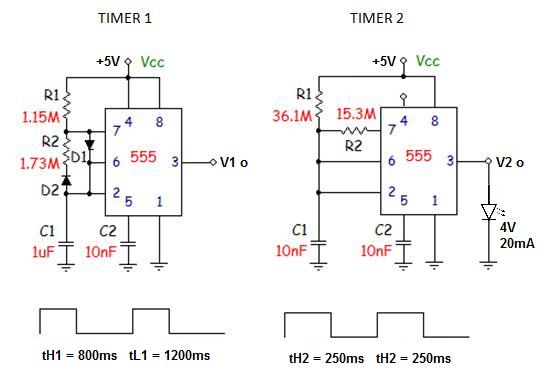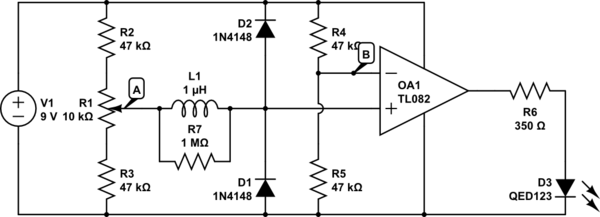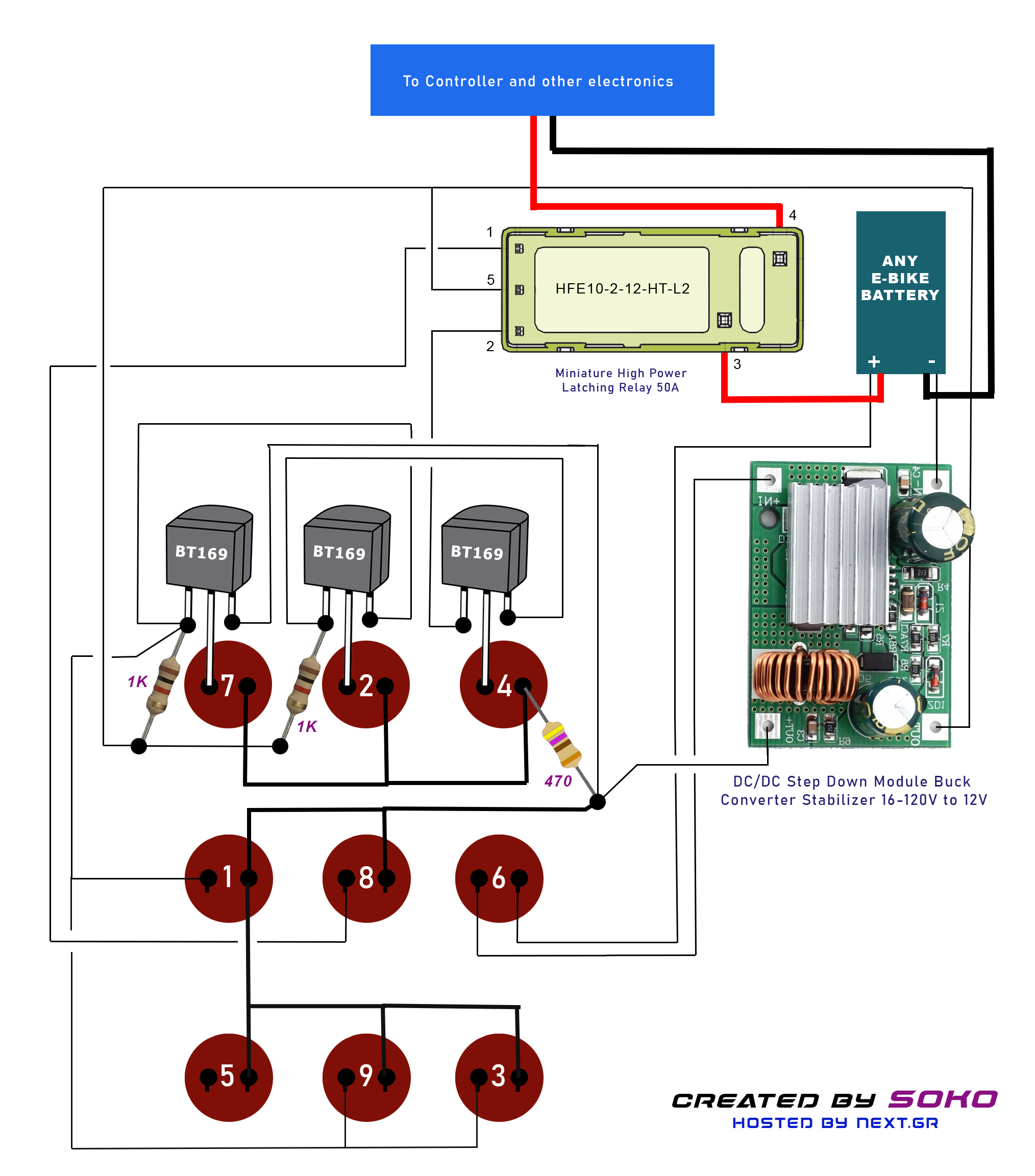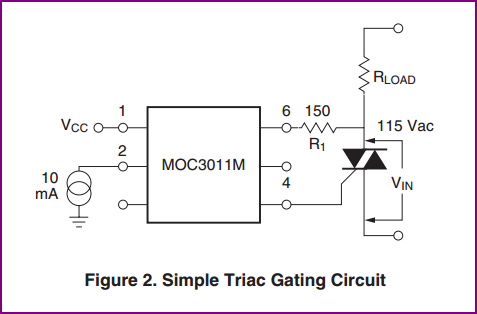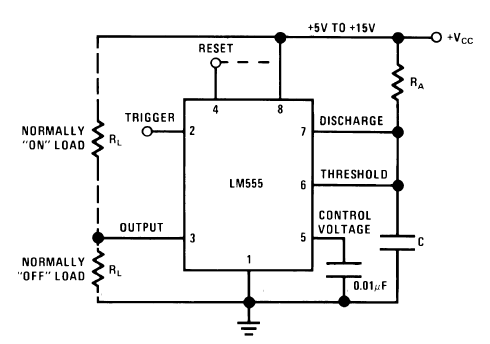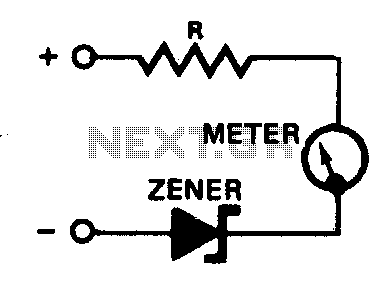
Zero crossing detector: do I really need the 7W resistor
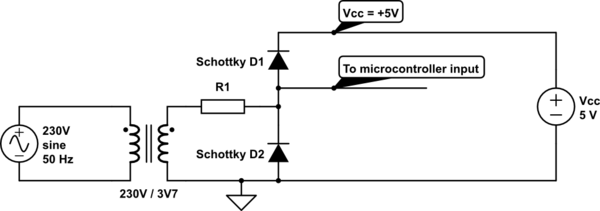
Provide zero crossing detection for the controller. Using the schematic below, a square wave signal was generated, representing the positive and negative half-periods. The issue is that the resistor needs to be quite large, which can lead to excessive heat. Additionally, a voltage rating above 400V is required. It is acknowledged that a transformer could be used to step down the mains voltage; however, transformers tend to be bulky and expensive. Recommendations are sought, as there are useful explanations on hardware design and noise suppression available. Stevenvh's response appears particularly promising for calculating the resistor value. The inquiry is kept general, focusing on various approaches such as resistors, transformers, and others. Furthermore, what characteristics are desired in the optocoupler? Is the chosen driving current of 30mA excessive and unnecessary?
Zero crossing detection is a critical function in various electronic applications, particularly in controlling AC loads and ensuring efficient power management. The objective is to create a reliable system that accurately detects the point where the AC waveform crosses zero volts, allowing for precise control of power to the load.
The schematic provided utilizes a combination of resistors and potentially optocouplers to achieve this detection. The generation of a square wave signal indicates that the circuit successfully identifies the transitions between the positive and negative half-cycles of the AC waveform. However, the choice of resistor is crucial, as a high resistance value can lead to significant power dissipation, resulting in thermal issues. This necessitates careful consideration of the resistor's power rating and the overall thermal management of the circuit.
In terms of voltage handling, components must be rated adequately for voltages exceeding 400V, which is typical in mains applications. While using a transformer to step down the voltage is a viable solution, it introduces size and cost constraints that may not be acceptable for all designs. Alternative methods, such as using high-voltage resistors or specialized voltage dividers, may be explored to mitigate these concerns.
When selecting an optocoupler for this application, several characteristics should be considered: the input and output voltage ratings, the isolation voltage, and the switching speed. The optocoupler must be capable of handling the expected input conditions while providing sufficient isolation to protect sensitive components in the controller. Additionally, the driving current of 30mA should be evaluated in terms of its necessity; if the optocoupler can function effectively at lower currents, this could reduce power consumption and heat generation within the circuit.
In summary, the design of a zero crossing detection circuit requires careful consideration of component ratings, thermal management, and overall circuit efficiency. Exploring various approaches, such as resistive methods, transformer use, and optocoupler characteristics, will yield a more robust and effective solution for the intended application.Provide zero crossing detection to my controller. Using the schematic below, I managed to generate square wave signal, representing positive v/s negative half-period. The problem is that the resistor needs to be quite large : Quite the heater. Also, voltage rating above 400V is required. I realize that a transformer could be used to step down the mains voltage. However, those guys tend to be bulky and rather expensive. Any recomendations I found some nice explanations on Hardware deign and noise suppression on the site. stevenvh`s answer looks especially promising on calculating the resistor value. So let`s keep my question more general. What are the approaches - resistor, transformer, others. What characteristics are desired in the optocoupler Is the chosen driving current (30mA) huge and unnecessary
🔗 External reference
Zero crossing detection is a critical function in various electronic applications, particularly in controlling AC loads and ensuring efficient power management. The objective is to create a reliable system that accurately detects the point where the AC waveform crosses zero volts, allowing for precise control of power to the load.
The schematic provided utilizes a combination of resistors and potentially optocouplers to achieve this detection. The generation of a square wave signal indicates that the circuit successfully identifies the transitions between the positive and negative half-cycles of the AC waveform. However, the choice of resistor is crucial, as a high resistance value can lead to significant power dissipation, resulting in thermal issues. This necessitates careful consideration of the resistor's power rating and the overall thermal management of the circuit.
In terms of voltage handling, components must be rated adequately for voltages exceeding 400V, which is typical in mains applications. While using a transformer to step down the voltage is a viable solution, it introduces size and cost constraints that may not be acceptable for all designs. Alternative methods, such as using high-voltage resistors or specialized voltage dividers, may be explored to mitigate these concerns.
When selecting an optocoupler for this application, several characteristics should be considered: the input and output voltage ratings, the isolation voltage, and the switching speed. The optocoupler must be capable of handling the expected input conditions while providing sufficient isolation to protect sensitive components in the controller. Additionally, the driving current of 30mA should be evaluated in terms of its necessity; if the optocoupler can function effectively at lower currents, this could reduce power consumption and heat generation within the circuit.
In summary, the design of a zero crossing detection circuit requires careful consideration of component ratings, thermal management, and overall circuit efficiency. Exploring various approaches, such as resistive methods, transformer use, and optocoupler characteristics, will yield a more robust and effective solution for the intended application.Provide zero crossing detection to my controller. Using the schematic below, I managed to generate square wave signal, representing positive v/s negative half-period. The problem is that the resistor needs to be quite large : Quite the heater. Also, voltage rating above 400V is required. I realize that a transformer could be used to step down the mains voltage. However, those guys tend to be bulky and rather expensive. Any recomendations I found some nice explanations on Hardware deign and noise suppression on the site. stevenvh`s answer looks especially promising on calculating the resistor value. So let`s keep my question more general. What are the approaches - resistor, transformer, others. What characteristics are desired in the optocoupler Is the chosen driving current (30mA) huge and unnecessary
🔗 External reference
